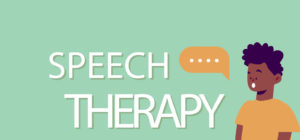Swallowing is one of those automatic functions we rarely think about, yet we rely on it constantly—around 900 times a day, in fact. Whether it’s a quick sip of water, a festive holiday meal, or even just saliva, swallowing happens seamlessly for most of us. But for individuals with a swallowing disability, or dysphagia, something as simple as enjoying seasonal foods or a casual meal can pose significant risks. Foods like roasted nuts or dried fruits, common during Christmas and at holiday markets, can suddenly become life-threatening choking hazards, sometimes leading to emergency medical situations.
Swallowing itself is a complex process that involves 32 paired muscles, sensory and motor nerves, and a finely tuned sequence of actions. Because of this complexity, even a small disruption to the nervous or muscular system—caused by health conditions like stroke, Parkinson’s, or traumatic brain injuries—can severely impact one’s ability to swallow safely. Swallowing disabilities affect a broad spectrum of people, from the majority of residents in aged care to around 80% of individuals with developmental disabilities and many with degenerative diseases like motor neurone disease.
Dysphagia affects an estimated 8% of the global population, presenting unique challenges in daily life. Beyond the physical risks, difficulties with swallowing strike at something deeply ingrained in human experience: the act of eating and drinking is not just about nourishment. It shapes our routines, offers comfort, and is central to our social lives and celebrations. For those affected, swallowing difficulties can alter not just how they eat but also how they relate to cherished holiday traditions and everyday interactions, making even the simplest food choices loaded with complexity.
We are here to help, and just a call away.




